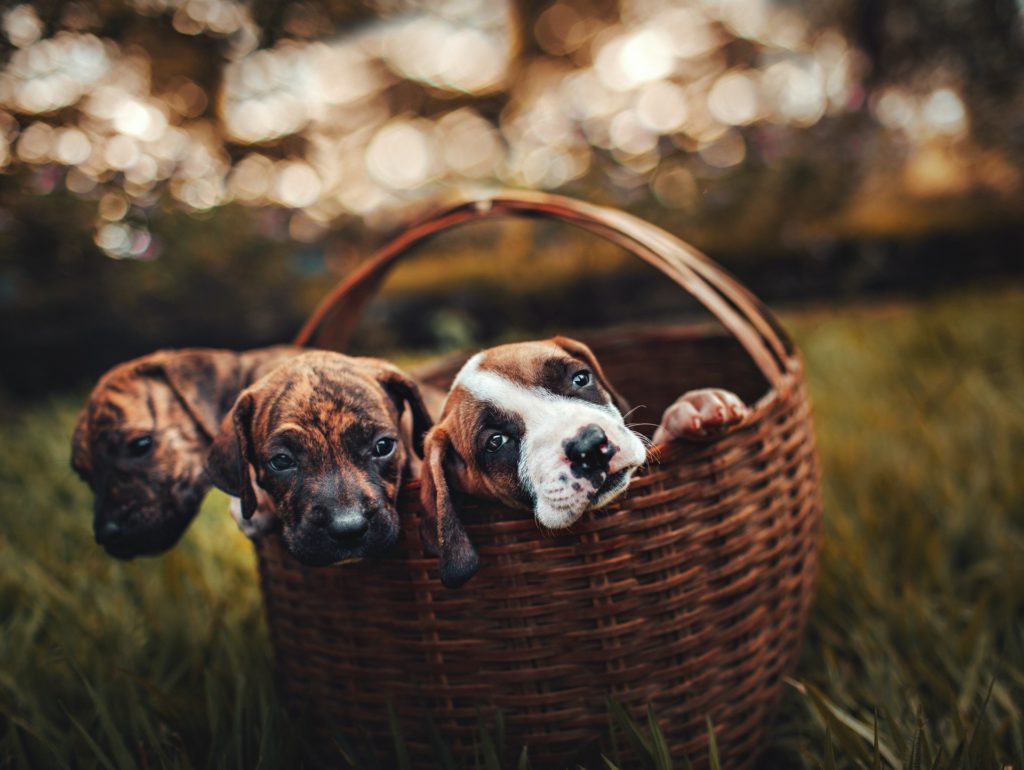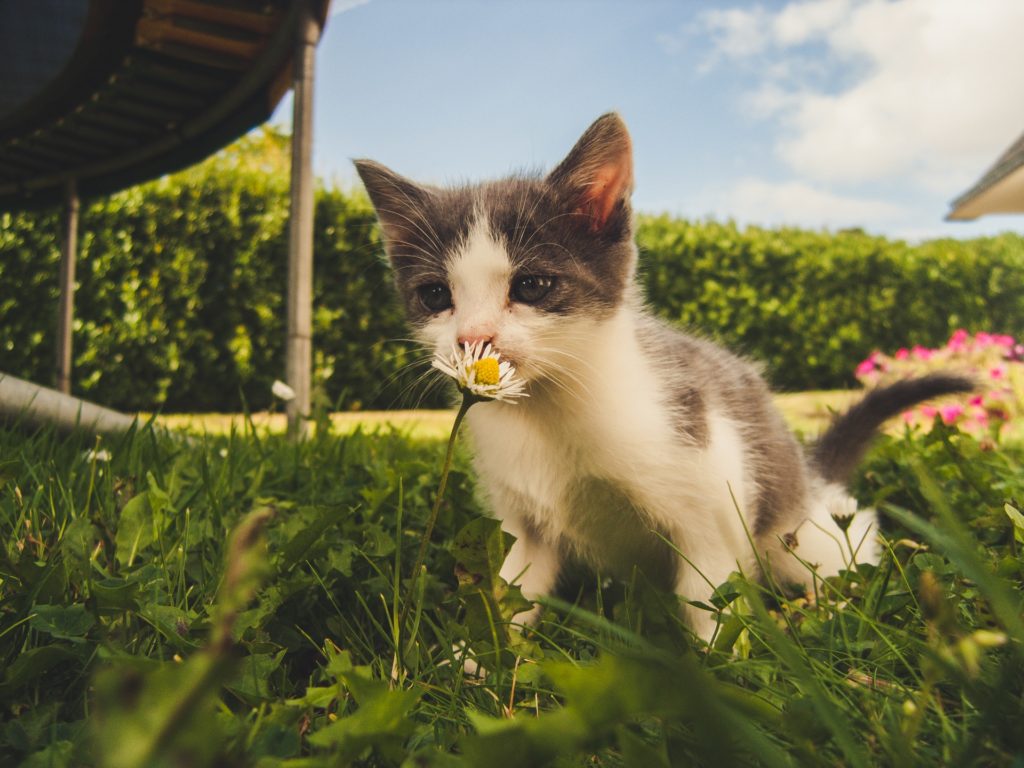Let’s Explore Russian Morphology with Baby Animals Posted by ryan on Jan 14, 2022 in Grammar, language, Uncategorized, Vocabulary
With all the craziness going on in the world, I think we need a bit of baby animal therapy to take our mind off things. How about a lesson on Russian morphology to go along with it? Уби́ть двух за́йцев Kill two birds with one stone. (Yes, in Russian, we say “to kill two hares”). Here is a photo to get us started:
Мими́шность зашка́ливает! The cuteness is skyrocketing! When we want to say something is cute, you can say it is ми́лый, тро́гательный, хоро́шенький. And there is a special interjection associated with this word: ми–ми–ми!
Some basic vocabulary for talking about animals. A male animal is referred to as a саме́ц and a female is a са́мка. Pretty easy words. But when we get to the names of the actual animals is where some things get complicated, but this can also be the case in English. Let’s take for example ло́шадь horse. The саме́ц is known as a конь steed, while a female is called a кобы́ла mare. Another example: a hen is known as ку́рица, while a rooster is a пету́х. If there is no separate word for male/female animals you can simply refer to them as саме́ц (како́го–то живо́тного) or са́мка (какого–то животного).
But enough of that. We came here for the babies! “Offspring” is детёныш. And there is a pretty convenient, but rather strange, morphological principle related to детёныши живо́тных that we will cover today that will make you able to correctly generate the name of baby animals of (almost) any species!
The principle is this: You take the name of the animal and slap on the ending –ёнок (or –онок for soft stems). Easy enough. If you have a тигр tiger and you want to say, “tiger cub,” you can just slap on –ёнок and get тигрёнок! Sometimes you have to make slight changes using a phonetic phenomenon known in Russian as чередова́ние. So, for example, from волк wolf, we can derive the word волчо́нок wolf pup (the чередова́ние here is к – ч, which we can see in words like бу́лка roll – бу́лочная bread bakery, рука́ hand – ру́чка little hand/pen). But other than minor phonetic changes, we can make a baby version of лев lion (львёнок), пингви́н penguin (пингвинёнок), слон elephant (слонёнок), кот cat (котёнок) and so on.
The plural version here is a little tricky, but it is always consistent. You just take off the –ёнок ending and add –я́та (–а́та after soft consonants). So, if we take some of our examples above, in the plural, тигрёнок becomes тигря́та, волчо́нок – волча́та, львёнок – львя́та, пингвинёнок – пингвиня́та, слонёнок – слоня́та, котёнок – котя́та. The –я́та form declines as follows: Мно́го (кого́?) пигвиня́т ; Ви́жу (кого́?) пингвиня́т ; Это не нра́вится (кому́?) пингвиня́там; Пишу́ о (ком) пингвиня́тах; Пингви́н с (кем?) пингвиня́тами.
Of course, the more common animals that were economically or socially important to Russians take forms with different stems, but other than that, they still mostly follow the –ёнок –я́та pattern.
Ку́рица и пету́х: цыплёнок – цыпля́та1Hen and rooster: chick – chicks
Соба́ка: щено́к – щенки́/щеня́та2Dog: puppy – puppies (the former is a bit more common, breaking the rule, of course, but that’s language for you!)
Ло́шадь: жеребёнок – жеребя́та3Horse: colt – colts
Коро́ва: телёнок – теля́та4Cow: calf – calves
Овца́: ягнёнок – ягня́та5Sheep: lamb – lambs
And the strangest one of all:
Челове́к: ребёнок – ребя́та? 6Human: child – childs?
Of course, anyone who has studied a bit of informal Russian would know that ребя́та does not, in fact, mean “children,” but something more akin to “guys, fellas.” However, here you can see where the word comes from. In fact, it is the grammatical plural of ребёнок! And that’s really cool. So what is the actual form? Let’s try this again:
Челове́к: ребёнок – де́ти!
Can you make any other animal forms? What are some examples you can think of?
- 1Hen and rooster: chick – chicks
- 2Dog: puppy – puppies
- 3Horse: colt – colts
- 4Cow: calf – calves
- 5Sheep: lamb – lambs
- 6Human: child – childs?

Build vocabulary, practice pronunciation, and more with Transparent Language Online. Available anytime, anywhere, on any device.







Comments:
Давид:
Excellent blog! Would you consider adding animal diminutives?
ryan:
@Давид Давид, спасибо за ваш комментарий! Yes, I was thinking about expanding into that! There is so much to do with animals in terms of vocabulary and morphology. Maybe in the next blog I can explore this, along with male/female names for animals.